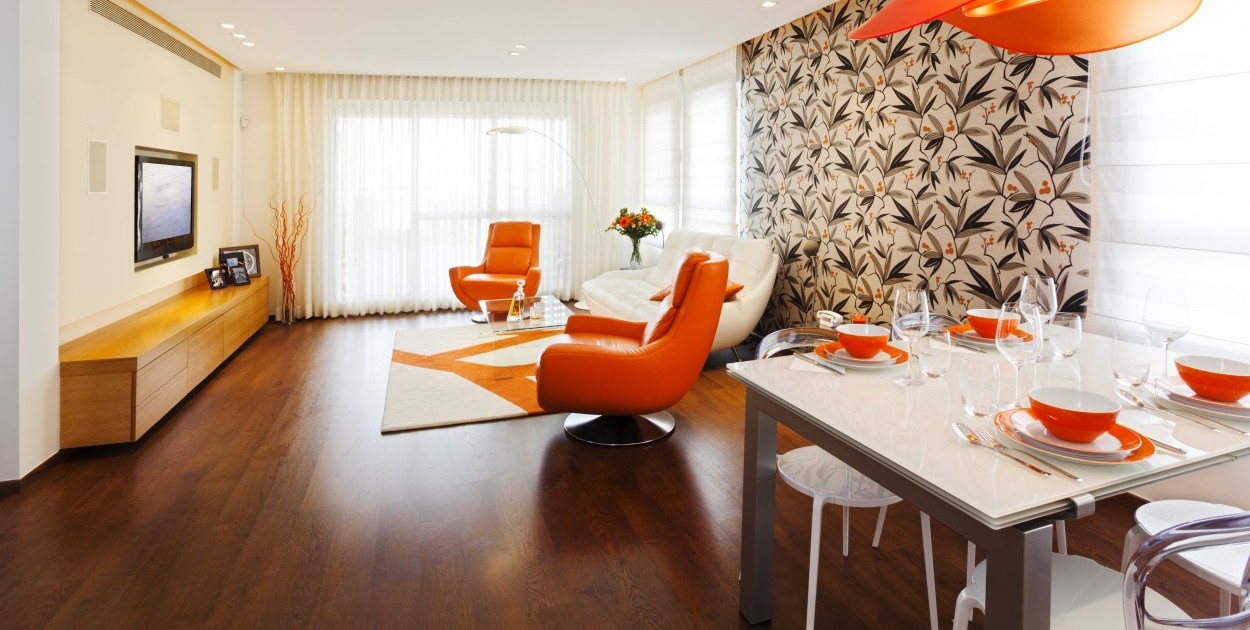FLOORS
Types of Wood Flooring
There are three main types of hardwood flooring on the market.
Unfinished Solid Hardwood
Unfinished solid hardwood is sold in in the form of nonvarnished rough strips. These low-cost strips have to be nailed to a wood subfloor. A wide variety of species, grades and widths are available.
This flooring is generally easy to install, but finishing the surface is more complicated and has to be done on site. You have to pay for finishing on top of the cost of the wood. For quality results, you should hire a highly skilled professional to sand and stain the floor, then to apply three or four coats of polyurethane. This technique is less and less common, and contractors that use it are becoming harder to find.
Because of sanding dust and fumes from the polyurethane, residents have to find someplace else to stay while their floors are being finished, which can take three to five days.
Prefinished Solid Hardwod
Prefinished solid hardwood is sold as ready-to-install wood strips that are already sanded, stained, and finished with multiple coats of polyurethane with an aluminum oxide protective finish. The finish is factory-applied in an ideal, controlled environment.
A full array of wood species are available in a range of grades, colors, sizes, and shines to blend with any decor. Prefinished solid hardwood is quick and easy to install, and the residents don’t have to leave home during installation.
Prefinished Engineered Hardwood
A prefinished engineered hardwood flooring is sold as strips made up of a hardwood surface (called the wear layer) glued on a plywood base. Developed for installation in areas with variable humidity levels, engineered flooring is more stable than solid wood. The strips can be glued directly onto concrete, an acoustic underlay, or even a subfloor with a floor heating system. They can also be stapled or nailed to a plywood subfloor. This is the perfect floor covering for condominiums, basements, and commercial uses.
The quality of an engineered wood floor can be determined by looking at four factors: the thickness of the wear layer, the number of plies that the plywood is made of, the surface cutting procedure used, and the precision of the cut.
The wear layer should be at least 5/32″ (4 mm) thick to offer the same resanding possibilities as solid wood. For greater stability, the plywood should be at least 5 ply. The wood should be dry sawn rather than rotary peeled or slice cut since only dry sawing produces a high quality, natural-looking hardwood strip. A tongue and groove that join perfectly on all four sides indicates high quality manufacturing.
Floating Floor
Engineered hardwood should not be confused with laminate flooring, which is made up of laminated planks that only look like wood, finished with a plastic polymer coating. Often laminate flooring is not fastened to the subfloor, thus the name “floating floor.”
